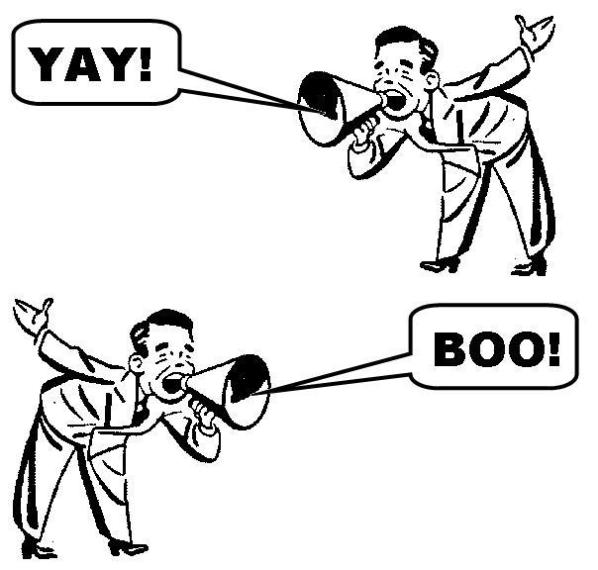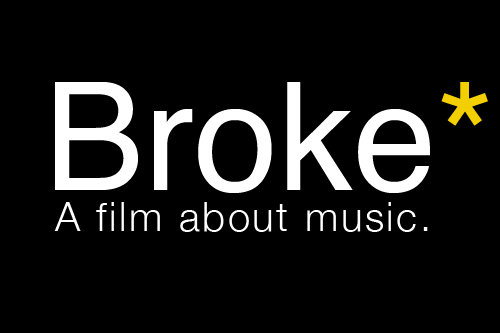Challenge #1: Streaming
This fall, Apple will launch iTunes Music – their Pandora-like streaming service. Why are they so late to the game, when Pandora, Spotify, Rdio and other services have been growing for years? Because in 2007, Steve Jobs said,
“People don’t care about streaming – they want to own music.”
This was Jobs’ philosophy, and conveniently so because Apple has made tons of money on iTunes downloads. But even if it was true then, it isn’t true for many people now. And it will be true for less people with each passing year. To many of today’s teenagers and young adults, the very notion of “owning” (and having to store) music is foreign. It’s like storing hundreds of gallons of water in your house, instead of just turning on the faucet when you want to drink, shower or wash your hands.
It’s not hard to envision a future when everyone will stream music for free or for a set amount per month (like $10). A future when only audiophiles and each band’s hardcore fans will buy music. Many people today (including me) have downloaded so much music already into our iTunes that we can’t remember what we own. We have tens, hundreds or thousands of records that we don’t listen to – including a few records we downloaded but have only listened to once, or never.
Even the “free music download” model faces a challenge. After awhile the consumer thinks, “Do I really want to download one more thing to my hard drive?” And if they move their library to the Cloud, that’s just one step from saying, “You know what? Why do I even need to mess with Cloud storage? Let Spotify, Apple, YouTube, etc. mess with Cloud storage. I can stream anytime I want, from all my devices.”
And as has been reported in numerous places, streaming services don’t pay nearly as much as digital downloads, let alone physical CD purchases.
Challenge #2: The Law Of Supply And Demand
Technological advances and social media have brought many more bands and vocalists to the game. There are over 10,000 music releases each week. In this new “Attention Economy” we battle a “paradox of choice” – too many choices often lead to consumers making no choice because it’s overwhelming.
And if they do make a choice, they’re less likely to be satisfied with their choice (because in a land of infinite choices, how can you really be sure you made the right one?). This applies to everything from “Which record should I buy” to “Which flavor of jam should I buy”.
The field is crowded more than ever before, no matter what “soundscape” we inhabit or what lyrical style/depth/breadth we employ. This may actually be a bigger challenge than the digital streaming challenge. While anti-Spotify statements are all the rage in the blogosphere, a simple fact remains – when anyone can record music on their computer and upload it to internet stores through Tunecore, CDBaby and other companies, it creates a huge supply of new music, a land of nearly infinite choice.
The result is a music-making climate in which it’s easier than ever to release music and distribute it worldwide, but it’s no more likely (and it’s perhaps less likely) to “make it to the big time” than it was in the 1970s.




